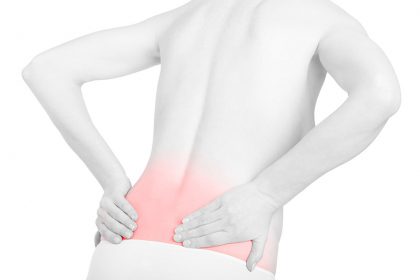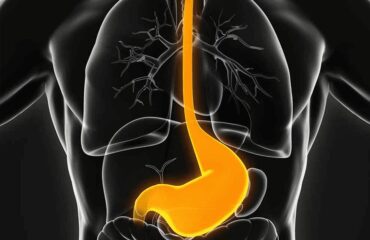
Exercises that relieves low back pain depends on what type of low back pain that a person is doing with and should be looked at by a healthcare professional before starting an exercise regimen to prevent further damage to the low back. With that being said, the most common condition dealing with low back pain is a result of lower-cross syndrome. Lower-cross syndrome is defined as tight iliopsoas and erector spinae muscles and weak abdominal and gluteus maximus muscles. The term itself refers to the pattern of the tight and weak muscles are in relation to each other (if you were to draw a line between them, which will then form a cross).
Lower-Cross Syndrome
The Iliopsoas Muscle
The most problematic muscle in the lower-cross syndrome is the iliopsoas muscle, which technically is two muscles that originate in different areas and converge into one tendon that attaches to the lesser trochanter of the femur. The iliacus originates from the ilium, but more importantly the psoas muscle originates from the entire lumbar spine. When that psoas muscle becomes tight, it loses its ability to stretch to it’s normal and desired length. This is when people get injured because when that psoas muscle loses that stretching ability and a person stands up or bends over to pick something up, that tight psoas muscle pulls that lumbar spine forward (rather than stretching to that desired length). The forward shift of the lumbar spine, called anterolisthesis or spondylolisthesis, is the type of pain when patients have from bending over to pick up a sock, or any other activity that shouldn’t be painful.
If a person is looking to correct lower-cross syndrome, the biggest activities a person can do is strengthen the abdominals and gluteus maximus muscles, while also stretching out and relaxing the erector spinae and iliopsoas muscles. Doing those stretches and exercises should prevent lower-cross syndrome, and everything else that result from it (like the forward shift of the lumbar spine). If the lumbar shift forward occurs, then it is recommended to seek out a healthcare practitioner (particularly a chiropractor that specializes in anterior to posterior lumbar adjustments) to correct the malposition of the lumbar spine.
If the low back pain isn’t a result of the lower-cross syndrome, then it is highly recommended to seek out a healthcare professional (that knows what they are doing) to help identify what the root cause of the low back pain is.
References
Kisner C, Colby LA, Borstad J. Therapeutic exercise: foundations and techniques. Fa Davis; 2017 Oct 18.
Liebenson C, editor. Rehabilitation of the spine: a practitioner’s manual. Lippincott Williams & Wilkins; 2007.
About the Author
Dr. Eric Johnson, Doctor of Chiropractic and Diplomate of the American Clinical Board of Nutrition as well as owner of Functional Wellness and Chiropractic Center in Madison, WI, is a functional medicine doctor that identifies root causes of pain and/or dysfunction. His systems-based, not symptoms-based, approach is a comprehensive, holistic approach that helps identify mental, chemical, and physical stressors that are underlying numerous health conditions. If you are in the Madison, Middleton, Verona, Waunakee area and looking to not only feel better, but live better, contact Dr. Eric at (608) 203-9272.




